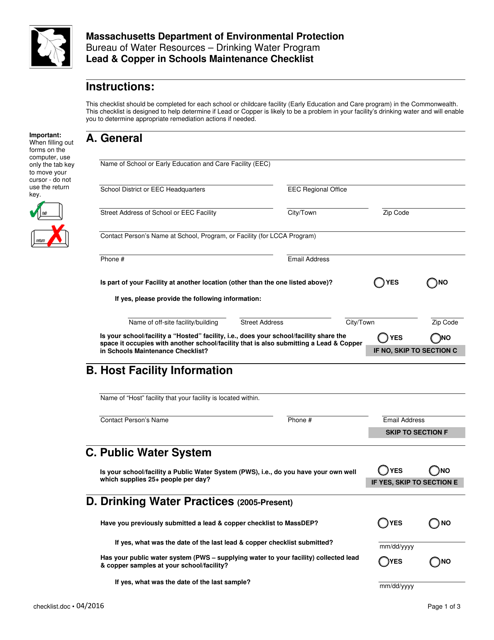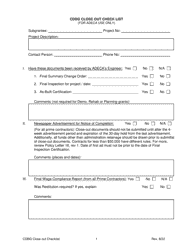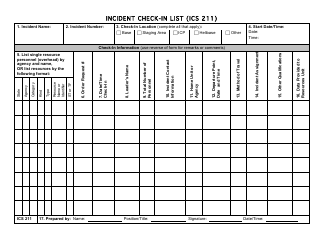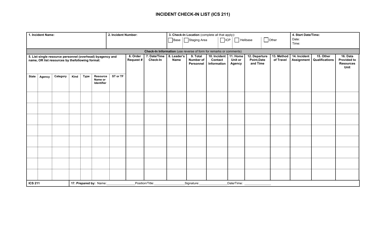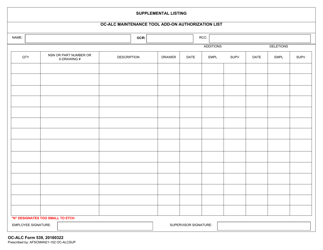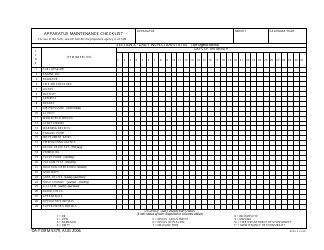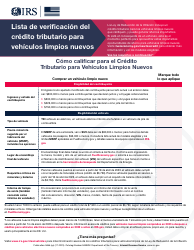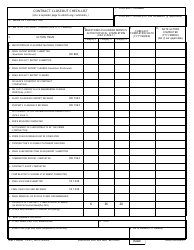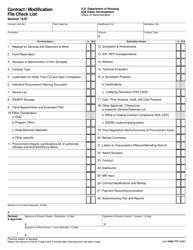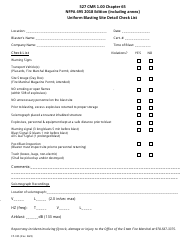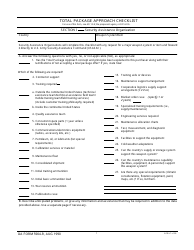Lead & Copper in Schools Maintenance Checklist - Massachusetts
Lead & Copper in Schools Maintenance Checklist is a legal document that was released by the Massachusetts Department of Environmental Protection - a government authority operating within Massachusetts.
FAQ
Q: What is the Lead & Copper in Schools Maintenance Checklist?
A: The Lead & Copper in Schools Maintenance Checklist is a document that outlines the steps and measures to be taken to address lead and copper issues in schools in Massachusetts.
Q: Why is it important to address lead and copper issues in schools?
A: It is important to address lead and copper issues in schools to protect the health and well-being of students and staff. Exposure to lead and copper can have harmful effects on children's development and overall health.
Q: What are some common sources of lead and copper in schools?
A: Common sources of lead and copper in schools include aging plumbing systems, drinking water fountains, and fixtures.
Q: What should be done if lead or copper is detected in the drinking water at a school?
A: If lead or copper is detected in the drinking water at a school, immediate actions should be taken to address the issue, such as shutting off affected fixtures, notifying parents and staff, and implementing remediation measures.
Q: Who is responsible for implementing the Lead & Copper in Schools Maintenance Checklist?
A: The responsibility for implementing the Lead & Copper in Schools Maintenance Checklist lies with the school administration, facility managers, and maintenance staff.
Q: Are there regulations in place to address lead and copper issues in schools in Massachusetts?
A: Yes, there are regulations in place in Massachusetts, such as the Safe Drinking Water Act, that require schools to take measures to address lead and copper issues.
Q: How often should schools conduct testing for lead and copper in their drinking water?
A: Schools in Massachusetts are required to conduct testing for lead and copper in their drinking water every three years.
Q: What are some preventive measures schools can take to reduce lead and copper exposure?
A: Some preventive measures schools can take include flushing water systems regularly, installing water filters, and replacing aging plumbing systems and fixtures.
Q: What should parents do if they are concerned about lead and copper in their child's school?
A: Parents should communicate their concerns with the school administration and request information on the school's lead and copper testing and remediation efforts.
Form Details:
- Released on April 1, 2016;
- The latest edition currently provided by the Massachusetts Department of Environmental Protection;
- Ready to use and print;
- Easy to customize;
- Compatible with most PDF-viewing applications;
- Fill out the form in our online filing application.
Download a fillable version of the form by clicking the link below or browse more documents and templates provided by the Massachusetts Department of Environmental Protection.
